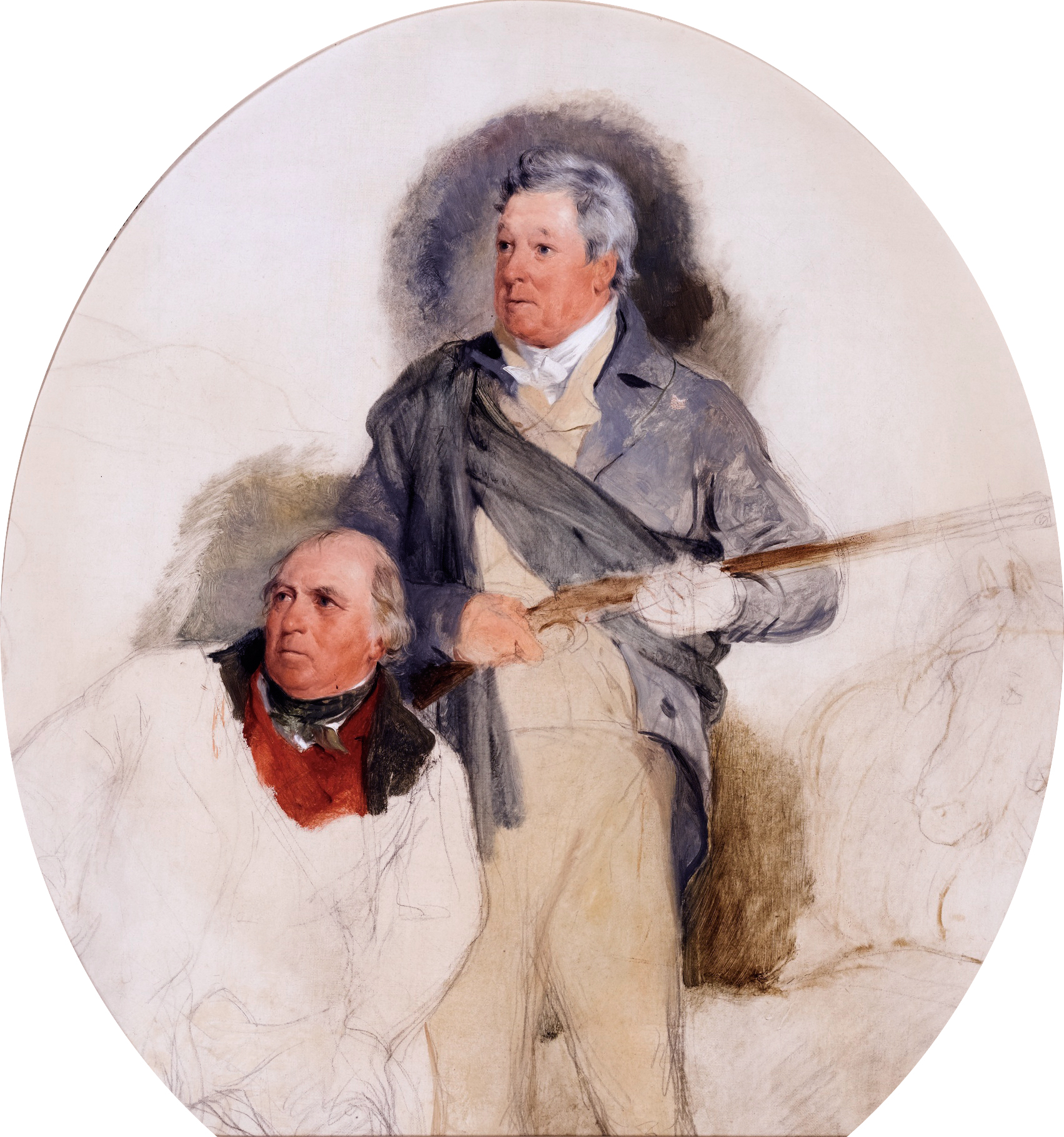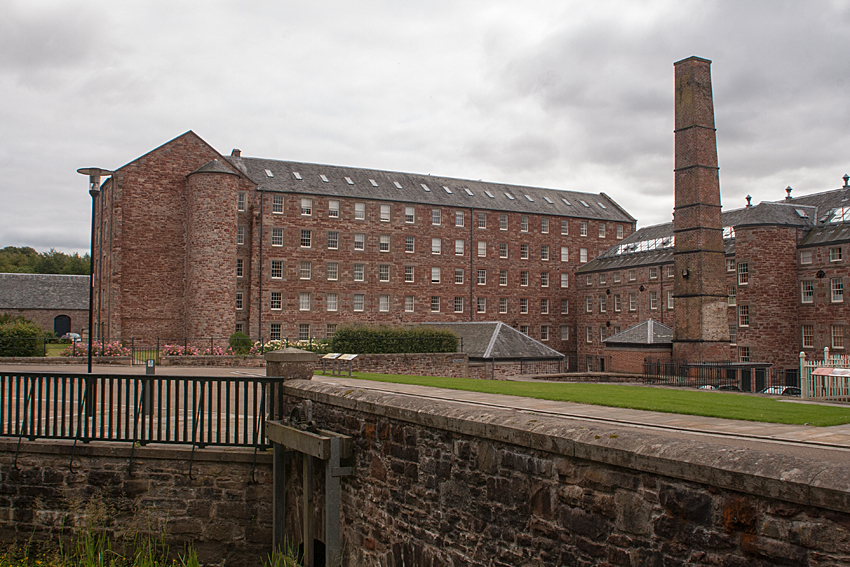|
James Stobie
James Stobie (date of birth and death unknown) was the factor to John Murray, the 4th Duke of Atholl's in the late 17 hundreds. He is best known for designing the layout of Perthshire villages on the bequest of the 4th Duke of Atholl. In 1784 he designed the village of Stanley and in 1786 he designed the layout of Pitcairngreen Pitcairngreen (pronounced 'Pit-cairn Green') is a hamlet in the Scottish council area of Perth and Kinross which is more or less adjoined to the much larger village of Almondbank. It lies northwest of Perth. As its name would suggest, two feat .... References People from Perth and Kinross People associated with Perth and Kinross {{Scotland-bio-stub ... [...More Info...] [...Related Items...] OR: [Wikipedia] [Google] [Baidu] |
Factor (Scotland)
In Scotland a factor (or property manager) is a person or firm charged with superintending or managing properties and estates—sometimes where the owner or landlord is unable to or uninterested in attending to such details personally, or in tenements in which several owners of individual flats contribute to the factoring of communal areas. Factors can be found in solicitors firms, employed by chartered surveyors, property companies and building firms. Property factoring has a wide range of responsibilities and roles. Typically, a person would encounter a factor when renting property or subcontracting for a building firm. Duties Dealing with the property A factor could also be expected to deal with property repair, maintenance, cleaning, landscaping and snow removal, to be coordinated with the Landlord's wishes. Such arrangements may require the factor to collect rents, service charges and pay necessary expenses and taxes, making periodic reports to the owner, or the owner m ... [...More Info...] [...Related Items...] OR: [Wikipedia] [Google] [Baidu] |
4th Duke Of Atholl
John Murray, 4th Duke of Atholl, KT, PC, FRS (30 June 1755 – 29 September 1830), styled Marquess of Tullibardine from 1764 to 1774, was a Scottish peer. Life and career Murray was the eldest son of John Murray, 3rd Duke of Atholl, and his wife, Charlotte, 8th Baroness Strange, daughter of James Murray, 2nd Duke of Atholl. Lord George Murray and Lord Charles Murray-Aynsley were his younger brothers. He became known by the courtesy title Marquess of Tullibardine when his father succeeded to the dukedom in 1764. Murray succeeded his father as fourth Duke of Atholl in 1774 and was elected a Scottish Representative Peer. In 1786 he was created Baron Murray, of Stanley in the County of Gloucester, and Earl Strange in the Peerage of Great Britain, which gave him an automatic seat in the House of Lords. He later served as Lord-Lieutenant of Perthshire from 1794 to 1830 and was sworn of the Privy Council in 1797. In 1800 he was made a Knight of the Thistle. In 1793 he was appointed ... [...More Info...] [...Related Items...] OR: [Wikipedia] [Google] [Baidu] |
John Murray, 4th Duke Of Atholl
John Murray, 4th Duke of Atholl, KT, PC, FRS (30 June 1755 – 29 September 1830), styled Marquess of Tullibardine from 1764 to 1774, was a Scottish peer. Life and career Murray was the eldest son of John Murray, 3rd Duke of Atholl, and his wife, Charlotte, 8th Baroness Strange, daughter of James Murray, 2nd Duke of Atholl. Lord George Murray and Lord Charles Murray-Aynsley were his younger brothers. He became known by the courtesy title Marquess of Tullibardine when his father succeeded to the dukedom in 1764. Murray succeeded his father as fourth Duke of Atholl in 1774 and was elected a Scottish Representative Peer. In 1786 he was created Baron Murray, of Stanley in the County of Gloucester, and Earl Strange in the Peerage of Great Britain, which gave him an automatic seat in the House of Lords. He later served as Lord-Lieutenant of Perthshire from 1794 to 1830 and was sworn of the Privy Council in 1797. In 1800 he was made a Knight of the Thistle. In 1793 he was appointed ... [...More Info...] [...Related Items...] OR: [Wikipedia] [Google] [Baidu] |
Perthshire
Perthshire (locally: ; gd, Siorrachd Pheairt), officially the County of Perth, is a historic county and registration county in central Scotland. Geographically it extends from Strathmore in the east, to the Pass of Drumochter in the north, Rannoch Moor and Ben Lui in the west, and Aberfoyle in the south; it borders the counties of Inverness-shire and Aberdeenshire to the north, Angus to the east, Fife, Kinross-shire, Clackmannanshire, Stirlingshire and Dunbartonshire to the south and Argyllshire to the west. It was a local government county from 1890 to 1930. Perthshire is known as the "big county", or "the Shire", due to its roundness and status as the fourth largest historic county in Scotland. It has a wide variety of landscapes, from the rich agricultural straths in the east, to the high mountains of the southern Highlands. Administrative history Perthshire was an administrative county between 1890 and 1975, governed by a county council. Initially, Perthshire Count ... [...More Info...] [...Related Items...] OR: [Wikipedia] [Google] [Baidu] |
Stanley, Perthshire
Stanley is a village on the north side of the River Tay in Perthshire, Scotland, around north of Perth. The section of the River Tay near the village is a popular location for canoeing and fishing. Etymology The village of Stanley gains its name from Lady Amelia Stanley, the daughter of James Stanley, 7th Earl of Derby. In the 1600s the area around Stanley was part of the estate of Earls of Atholl and was also the location of Inchbervis Castle. In 1659 the castle was renamed Stanley House in honour of the wedding of John Murray, 1st Marquess of Atholl and Lady Stanley. When the village was built in the 1700s it took the name Stanley after the nearby house. History John Murray, the 4th Duke of Atholl, decided in the 18th century to harness of the nearby River Tay to power a cotton mill. Richard Arkwright, an inventor of cotton-spinning machinery was persuaded by George Dempster (the local MP), while Dempster was visiting Cromford in Derbyshire, to come to Scotland to set up ... [...More Info...] [...Related Items...] OR: [Wikipedia] [Google] [Baidu] |
Pitcairngreen
Pitcairngreen (pronounced 'Pit-cairn Green') is a hamlet in the Scottish council area of Perth and Kinross which is more or less adjoined to the much larger village of Almondbank. It lies northwest of Perth. As its name would suggest, two features of the settlement are a green and a cairn. In the 18th century the nearby River Almond was used to power textile mills and the local nobleman Lord Lynedoch created the village to provide housing for mill workers. The village's layout was designed in 1786 to have a green at the centre of it by James Stobie, a factor to John Murray, the 4th Duke of Atholl. The presence of a village green is unusual for a Scottish village as these are more commonly associated with traditional English villages. Stobie designed Pitcairngreen to be an industrial textile manufacturing village for Thomas Graham, a textile manufacturer. Its rivalry with the Manchester textile factories is set out in the poem "The Scottish Village, or Pitcairngreen" by Han ... [...More Info...] [...Related Items...] OR: [Wikipedia] [Google] [Baidu] |
People From Perth And Kinross
A person ( : people) is a being that has certain capacities or attributes such as reason, morality, consciousness or self-consciousness, and being a part of a culturally established form of social relations such as kinship, ownership of property, or legal responsibility. The defining features of personhood and, consequently, what makes a person count as a person, differ widely among cultures and contexts. In addition to the question of personhood, of what makes a being count as a person to begin with, there are further questions about personal identity and self: both about what makes any particular person that particular person instead of another, and about what makes a person at one time the same person as they were or will be at another time despite any intervening changes. The plural form "people" is often used to refer to an entire nation or ethnic group (as in "a people"), and this was the original meaning of the word; it subsequently acquired its use as a plural form of per ... [...More Info...] [...Related Items...] OR: [Wikipedia] [Google] [Baidu] |


_1938.jpg)